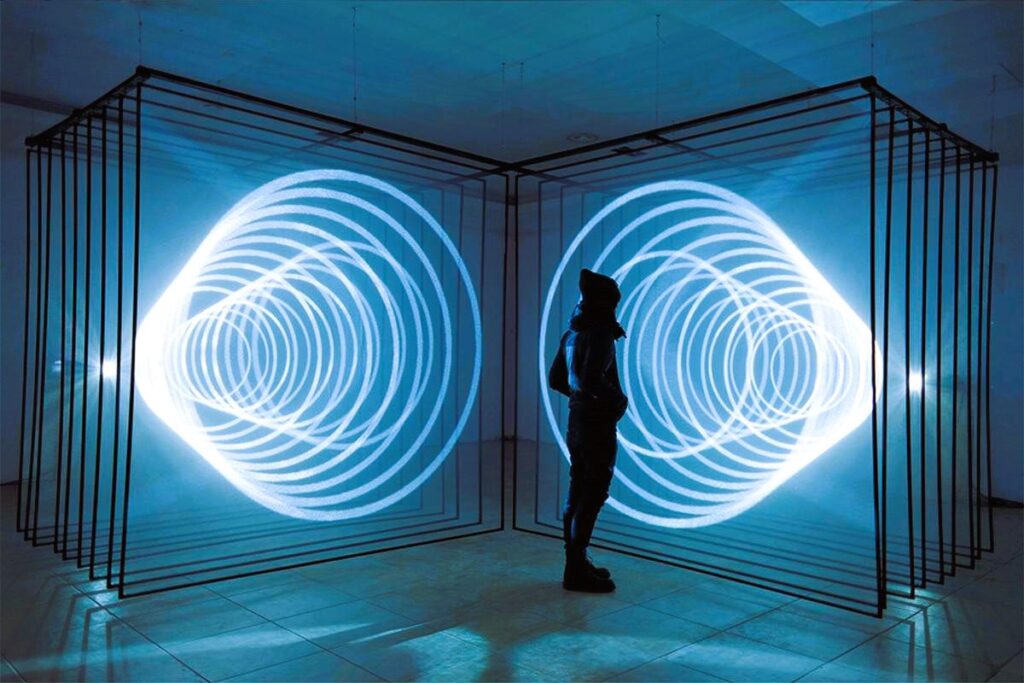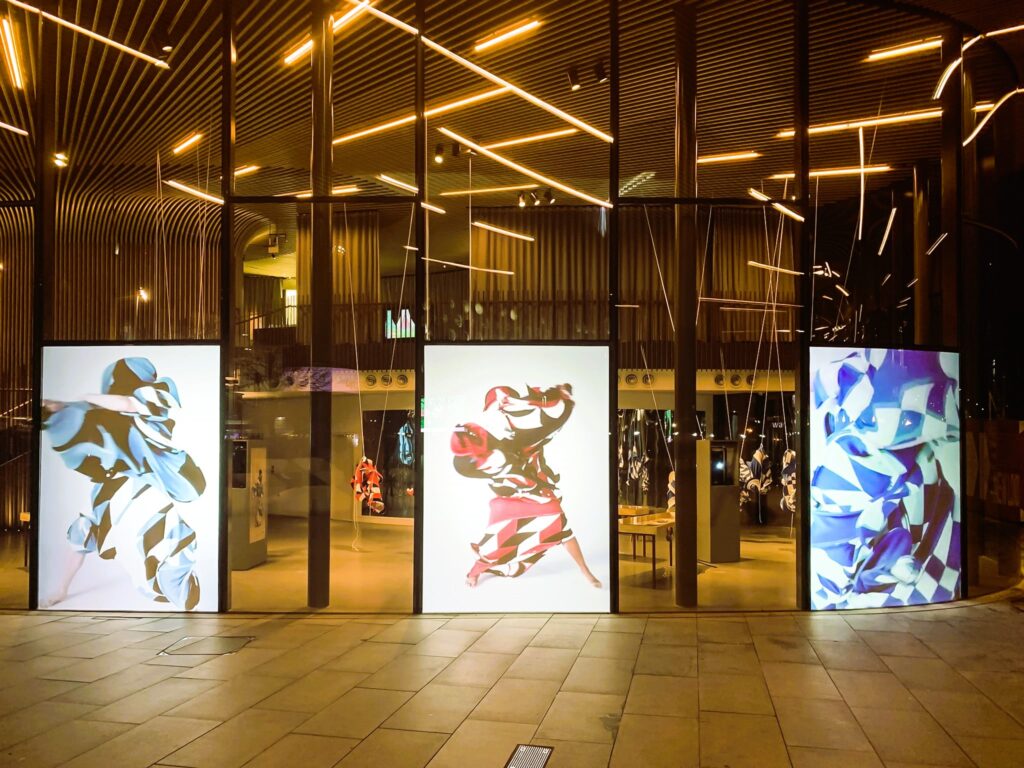Art installations play a crucial role in exhibitions, serving as focal points that captivate audiences and convey the overarching theme or message of the event. Whether it’s a large-scale sculpture, an immersive multimedia experience, or an interactive installation, creating impressive art installations requires careful planning, creativity, and attention to detail. In this article, we’ll explore some key steps and considerations for creating memorable and impactful art installations for exhibitions.
1. Define Your Concept and Theme
Before diving into the creative process, it’s essential to define the concept and theme of your art installation. Consider the overall message or narrative you want to convey and how it relates to the broader theme of the exhibition. Brainstorm ideas, sketch out rough concepts, and gather inspiration from diverse sources to inform your creative direction.
2. Consider the Space and Environment

The space in which your art installation will be displayed plays a crucial role in its design and execution. Consider factors such as the size and layout of the exhibition venue, the lighting conditions, and the flow of foot traffic. Take advantage of architectural features and spatial elements to enhance the impact of your installation and create a cohesive visual experience.
3. Choose Your Materials and Techniques
Selecting the right materials and techniques is essential for bringing your artistic vision to life. Consider the aesthetic qualities, durability, and feasibility of different materials in relation to your concept and theme. Experiment with a variety of techniques, from traditional sculpting and painting to cutting-edge digital fabrication and projection mapping, to achieve the desired effect. Organizing a virtual exhibition, read our best practices.
4. Engage the Senses
A truly impressive art installation engages the senses and evokes an emotional response from viewers. Consider incorporating elements that stimulate multiple senses, such as sound, scent, texture, and movement, to create a fully immersive experience. Experiment with lighting, soundscapes, and interactive elements to enhance the sensory impact of your installation and create a memorable experience for attendees.
5. Focus on Execution and Detail
Attention to detail is key to creating a polished and impressive art installation. Pay close attention to craftsmanship, precision, and quality in every aspect of your installation, from construction and assembly to finishing touches and presentation. Take the time to refine and perfect every element of your installation to ensure it meets your vision and exceeds expectations.
6. Incorporate Meaningful Engagement

Consider ways to encourage meaningful engagement and interaction with your art installation. Whether it’s inviting viewers to participate in interactive elements, encouraging reflection and contemplation, or sparking conversation and dialogue, aim to create opportunities for deeper engagement and connection with your audience.
Conclusion
Creating impressive art installations for exhibitions is a collaborative and multidisciplinary process that requires creativity, vision, and attention to detail. By defining your concept and theme, considering the space and environment, choosing materials and techniques thoughtfully, engaging the senses, focusing on execution and detail, and incorporating meaningful engagement, you can create art installations that leave a lasting impression on viewers and enhance the overall experience of the exhibition.
For more information on art installations and exhibition design, visitexplore the resources on Canada.ca.
